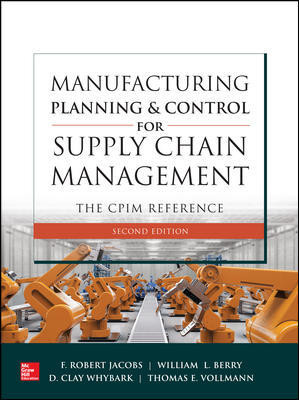Gage Management Software As a Competitive Advantage
Gage management software not only helps manufacturers to manage gage accuracy, it also helps non-specialists to complete intricate analysis.

Strong gage management and tracking influences a manufacturer’s ability to grow.
If gages are not maintained properly, measurements become more prone to variability, which ultimately lowers customer confidence. Consistent gage management ensures consistent delivery of high-quality products, which eventually boosts business.
Solid gage management upholds productivity and a manufacturer’s ability to handle complexity.
Gage management software can help a manufacturer to handle increasing calibration capacity without necessarily adding staff. Otherwise, an organization’s internal calibration lab can become overwhelmed with work.
As organizations grow, so does the quantity of their measuring instruments. Such software helps quality professionals to remain productive, even as their workload increases.
Gage management software not only helps manufacturers to manage gage accuracy, it also helps non-specialists to complete intricate analysis.
Gage management comprises four main areas, and each speaks to an important aspect of a measurement quality. They include:
- Inventory management, which shows if we the right gages are available.
- Calibration management, which shows when instruments are due for calibration, when they were calibrated, and the calibration results.
- Usage history, which enables businesses to track potentially defective products if a bad gage was used to take measurements, and
- Measurement system analysis, specifically GR&R studies, which enable organizations to assess the measurement system’s fitness for use, which results from the performance of the instrument, appraiser’s skill, and the product feature being measured.
- GR&R studies determine if a manufacturer’s measurement system can provide readings that can be used in deciding part acceptability. Ultimately, it will indicate how repeatable and reproducible a gage and measuring method is. Results from GR&R studies allow businesses to identify where variations in measurement processes can be improved.
GR&R studies prove that a measuring instrument is accurate and repeatable. The studies are designed to guarantee that poorly performing instruments and or unqualified operators are not introducing variability into the measuring process.
Paper-based gage management, once the industry standard, is basically non-existent today. Even the smallest operations use some form of computer-based calibration tracking.
Manufacturers that used to rely on spreadsheets and home-grown systems are converting to commercial gage management software and are upgrading older software to new iterations.
This transition ultimately lowers training time and reduces human error. Plus, manufacturers that use paper-based systems often rely on the person who fronted the system to maintain it — which is tricky if that person leaves the business or grows out of the role. And as administrative software updates over time, some original systems may become unusable.
This can eventually become a business risk.
Manufacturers that opt for the latest commercial software benefit from a competitive advantage thanks to performance analytics.
Looking for a reprint of this article?
From high-res PDFs to custom plaques, order your copy today!





